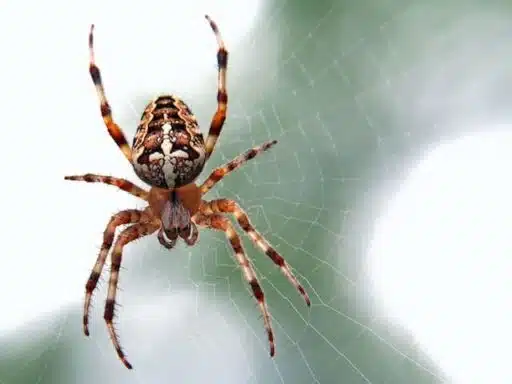Over 40,000 species of Spiders are discovered each year. Nonetheless, countless different species of spiders are becoming increasingly endangered.
Many people worldwide have arachnophobia (fear of spiders), but spiders have way more reasons to be afraid of us.
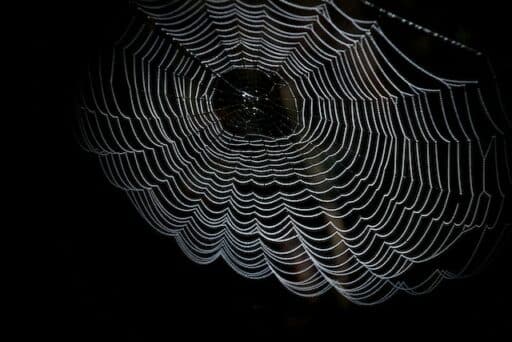
Nature is facing a lot of threats from humans. Climate change, pollution, deforestation, and chemicals, among many other things – cause numerous species to become endangered.
Although spiders are often overlooked, they are equally affected by this threat. Some are dangerously close to extinction and need to be saved immediately.
Let’s discuss the 23 most endangered spiders worldwide and how we can save them.
#1 Atewa forest Reserve Spider
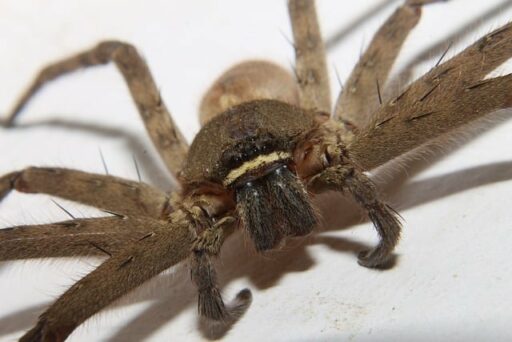
The Atewa Forest Reserve Spider is critically endangered and only present in the Atewa Forest Reserve in Ghana. The spider is threatened by habitat loss and degradation due to logging, mining, and other human activities. The Atewa Forest Reserve is the only remaining natural habitat for the spider. According to estimations, less than 100 individuals remain in the wild.
It is an integral part of the ecosystem of the Atewa Forest Reserve. The spider plays a role in controlling the population of insects, and it is also a food source for other animals. The spider’s loss would hurt the Forest Reserve’s overall health.
To help the Atewa Forest Reserve Spider, we must protect its habitat. Logging, mining, and other activities that can damage the forest must end.
#2 Broome Spider
The Broome spider is a species of tarantula that exists in Australia. Habitat loss and fragmentation have caused the Broome spider’s endangerment. It has led to a severe decline in the population of this spider.
We can help the Broome spider by protecting its habitat. Planting native plants and providing food and water sources are some ways of achieving this. We can also help by raising awareness of the spider and its plight.
#3 Cambridge Spider
The Cambridge spider is a small, delicate creature that only resides in the Cambridge area of England. It is one of the rarest spiders worldwide and is enlisted as a highly endangered species. The Cambridge spider is at risk of extinction for several reasons, including pollution and environmental change.
Let us create and maintain a habitat for the spider. Cleaning up environmental pollution and working to mitigate climate change will help protect them. By working together to protect this rare and delicate creature, we can help ensure it does not become extinct.
#4 Cave Spider
The Cave Spider is a species that lives in various caves worldwide. They are a pale white color, with long, thin legs. Its body only measures a few millimeters, making it a tiny spider. They are docile spiders and do not bite or threaten humans. However, they are endangered spiders due to their decreasing populations.
How to protect them? One reason is that humans are destroying their natural habitat. Mining, quarrying, and other developmental projects destroy their caves, leaving the Cave Spiders without a place to live. Furthermore, the use of chemicals and pesticides in caves can be harmful to spiders.
Finally, climate change threatens the Cave Spiders, changing their habitats’ temperature and humidity levels. We must create laws and regulations protecting caves from destruction to protect their habitat.
#5 Goliath Birdeater
It is the most enormous spider on Earth and can grow to be the size of a dinner plate. The Goliath birdeater is endangered because of deforestation and habitat loss.
The rainforests of South America are being cleared at an alarming rate, which is devastatingly affecting the Goliath birdeater population. We can assist the creature by raising awareness about the significance of preserving this unique and one-of-a-kind species and supporting rainforest conservation efforts.
#6 Huntsman Spider
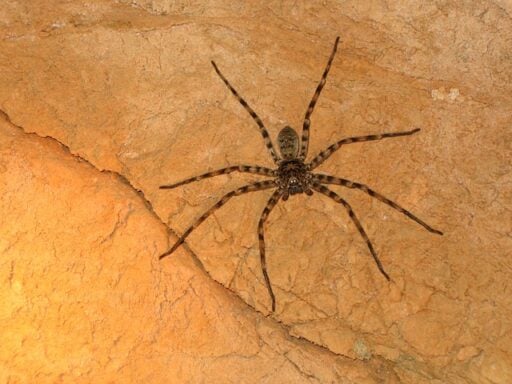
One of the world’s most endangered spiders is the Huntsman. Only a few remain in the wild, and their numbers are declining. The loss of their habitat is the main factor in their decline.
As more and more forests are cleared for agriculture or development, the Huntsman Spider’s natural habitat is disappearing. This, coupled with a lack of food, is putting the spider in danger of extinction.
To help the Huntsman Spider, we can lobby to preserve its natural habitat. Another is to support organizations working on breeding the spider in captivity. Lastly, we can raise awareness of the spider’s plight and encourage people to take steps to help it.
#7 Liphistius Spider
The Liphistius spider is a critically endangered species only found in Malaysia. Degradation and illegal trade of the species is what threaten this spider.
Currently, only 200-300 Liphistius spiders remain in the wild, making it one of the rarest spiders in the world. The Liphistius Spider lives in forests and constructs its nests in tree cavities.
The Liphistius spider is an integral part of the forest ecosystem, preying on insects and other small animals. However, the Liphistius Spider is now critically endangered due to habitat loss and degradation and the illegal trade in spiders. Stopping the illegal trade in spiders would help them hugely.
#8 Northern Tree Funnel-Web Spider
It is a species that lives in Australia’s northern regions. Many deem it the most dangerous spider because its bodies contain the most venom. The loss of habitat and fragmentation are the primary causes of its decline.
Similarly, newly introduced species like the redback spider are a threat. We can help the spiders by creating habitat corridors and controlling newly introduced species.
#9 Queensland Cave Spider
This is the longest-living spider species in the world, with some individuals surviving for more than 30 years. Introducing foreign species, like the redback spider, and habitat loss, disturbance, and predation threatens this spider.
We can protect its habitat by ensuring that caves and other areas of suitable habitat remain undisturbed and intact. Secondly, we can control or remove introduced species, such as the redback spider, which preys on the Queensland Cave Spider.
#10 Red-Veined Darter
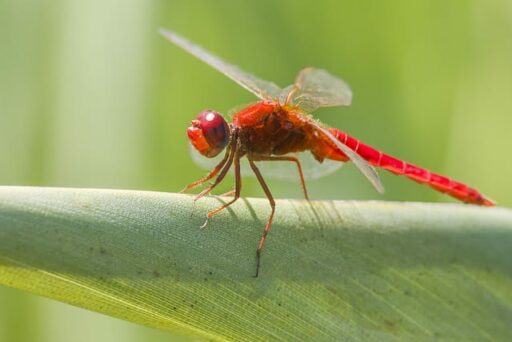
The Red-Veined Darter is a small dragonfly in Europe and Asia with beautiful red markings on its wings. We can help the Red-Veined Darter by protecting its natural habitat and cleaning polluted areas.
The best way to help the Red-Veined Darter is to protect its habitat by creating or restoring wetlands and inhibiting human development in areas where the darter lives.
#11 Richmond Birdeater
The Richmond Birdeater (Theraphosa Blondi) is a tarantula native to the rainforests of Guyana, Suriname, and French Guiana. It is among the enormous spiders in the world, with a leg span of up to 12 inches (30 cm). The Richmond Birdeater is a burrowing spider that spends most of its time in deep caves.
Sadly they are at risk of extinction. The primary reason for this is the clearing of rainforests to make way for agriculture, cattle ranching, and timber extraction. This leaves the Richmond Birdeater with fewer and fewer places to live.
To help them, we can be careful about the products we buy. We can choose products that come from companies that are not demolishing rainforests. Doing these things can help ensure that the Richmond Birdeater has a home for many years.
#12 Robinson’s Cave Spider
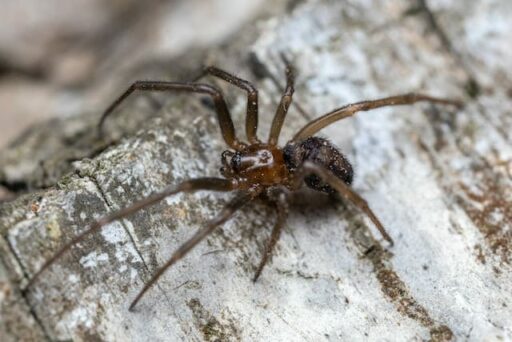
The Robinson’s Cave Spider is tiny in caves in the southeastern part of the United States. Its colors are dark, and it can also live in complete darkness. Humans destroying their habitat causes Robinson’s Cave Spider’s endangerment.
An example is the transformation of caves into tourist attractions or repurposed for mining. Consequently, the spiders lose their homes and their food sources. Yet another reason their numbers are low is that they have difficulty reproducing.
We should help preserve the caves that the spiders live in by working with local organizations that prohibit caves from being destroyed or damaged.
#13 Sandy Cave Spider
The Sandy Cave Spider is in danger of becoming extinct due to losing its natural habitat. This spider is only found in Sandy Cave’s vicinity, located in the Southern Tablelands of New South Wales, Australia. The cave is threatened by a proposed development that would destroy the cave and, thereby the loss of the spider’s habitat.
The Sandy Cave Spider is an integral part of the local ecosystem and is a food source for other animals. The loss of the spider would hurt the local environment.
Firstly, awareness needs to be raised about the spider and its plight. Secondly, donations can be made to organizations protecting the spider’s habitat. Finally, people can lobby their local government representatives to ensure that the development that threatens the cave is stopped.
#14 Sydney Funnel-Web Spider
This kind of spider only exists in a small area around Sydney, Australia. Habitat loss and fragmentation causes put this creature on the list of most endangered spiders. Only a few thousand spiders are left in the wild and are threatened by introduced predators, such as the redback spider.
To protect the species, we should plant native vegetation and create wildlife corridors. We could highlight the importance of the spider and how to co-exist with it. Finally, captive breeding programs help increase the number of spiders in the wild.
#15 Tasmanian Cave Spider
The Tasmanian Cave Spider is an endangered species in Tasmania, Australia. They are the longest-living spiders, with an average lifespan of approximately 50 years. Like most other spiders, it is under threat due to habitat loss and climate change. Introduced predators, like the introduced White-tailed Spider, also pose a threat.
To assist their survival, we can safeguard their habitat in various ways. Secondly, we can help to control introduced predators by removing them from Tasmanian caves.
#16 Tree Spider
It is a tiny creature that lives in deep forests globally. They are a vital part of the ecosystem, but unfortunately, they are also one of the most endangered spiders on the planet. It is due to various factors, but deforestation is the primary one. The tree spiders lose their homes and are forced to find new ones as forests and trees are cut down.
Because they are such tiny creatures, life is hard for them. Additionally, their short lifespan makes it challenging for them to repopulate. Before it’s too late, we must do everything possible to save these beautiful creatures.
#17 Victoria Cave Spider
The Victoria Cave spider is a tiny, reclusive spider found only in a few caves in Victoria, Australia. Because it lives in such a limited range, it is mainly affected by habitat loss.
We can support the research of the biology and ecology of the Victoria Cave spider, which will help us better understand how to protect it.
#18 Wandering Spider
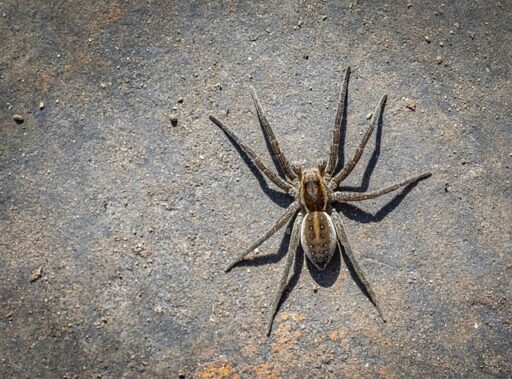
The Wandering Spider is a species of spider that resides in tropical and subtropical regions. Other than being one of the most miniature spiders in the world, with a total length of 5mm, they are also one of the most endangered spiders.
The Wandering Spider is endangered due to habitat loss and fragmentation. This spider is found in areas of primary forest, which are being cleared for agriculture and other development. The pet trade market is another threat causing their population to diminish.
We can protect and restore areas of primary forest. This will help to increase the amount of habitat available for the spider and reduce the collection of Wandering Spiders for the pet trade.
#19 White-Tailed Spider
The white-tailed spider is an endangered species endemic to the United States. It is a tiny creature with a unique white stripe design on the back of its body. The white-tailed spider is a predator of other spiders and is important in controlling the populations of harmful spiders. Moreover, it is also a food source for many animals.
The white-tailed spider is in danger because of habitat loss and fragmentation. Pesticides and other chemicals used to control spider populations equally cause their population to diminish. The specie is endangered and protected by the USA.
People can help by creating a spider habitat and avoiding using pesticides and other chemicals.
#20 Wolf Spider
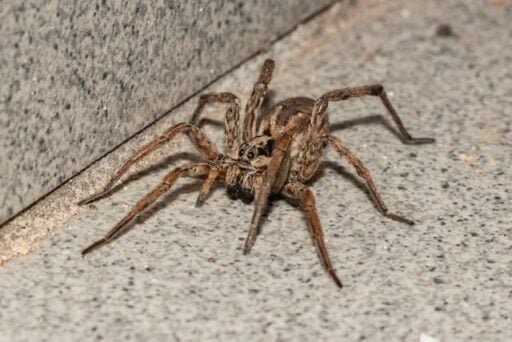
There are many reasons why the Wolf Spider is in danger of becoming extinct, habitat destruction being the primary reason. Human activity and climate change destroy their natural habitats at an alarming rate. It leaves the spiders with nowhere to live and cannot compete with other species for food and shelter. Another threat to the Wolf Spider is pesticide use.
Pesticides are killing many of these spiders and other beneficial insects. Finally, humans hunt the Wolf Spider for its fur. These factors put immense pressure on the Wolf Spider population, and unless something is done to help them, they will soon disappear from our planet.
If we can find other ways to control pests, we can reduce the number of chemicals entering the environment and harming the Wolf Spider.
#21 Dolloff Cave Spider
The Dolloff Cave Spider is a critically endangered species that only exists in a single specific cave in New Mexico. The spider is facing extinction due to many threats, including habitat loss and fragmentation, climate change, and disturbance from human activity.
First, its habitat must be protected and managed to reduce the impact of threats. Second, one must research to understand the spider and its needs better. Lastly, public outreach and education are crucial for raising awareness of the spider’s plight.
The Dolloff Cave Spider is a unique and important species that deserve our protection. We can ensure that this spider is removed from the list of the most endangered spiders with concerted effort.
#22 Glacier Bay Wolf Spider
They are an endangered spider which lives in Alaska. The spider is believed to be a subspecies of the Arctic Wolf Spider and is one of the few spiders that can withstand the cold temperatures in the park. What makes it even more unique is that it is one of the few spiders that can climb on snow and ice.
Glaciers in the park melt due to climate change, thus destroying the spider’s natural habitat. Being disturbed or killed by humans visiting the park is another danger they face.
People can help reduce the number of greenhouse gasses causing the glaciers to melt. Also, take care as not to disturb the spider’s habitat when visiting the park.
#23 Great Raft Spider
The Great Raft Spider is an endangered species found solely in Great Britain. Its population has declined sharply in recent years, and it is now considered one of the most endangered spiders in the world. Loss of habitat, fragmentation, pesticides, and climate change are some of the factors contributing to its decline.
Protect and restore its habitat by creating or restoring wetlands, which are critical for the spider’s survival. Another is to reduce the use of pesticides which can harm the spider, and work to create more protected areas for the spider.
Final Words on the Most Endangered Spiders
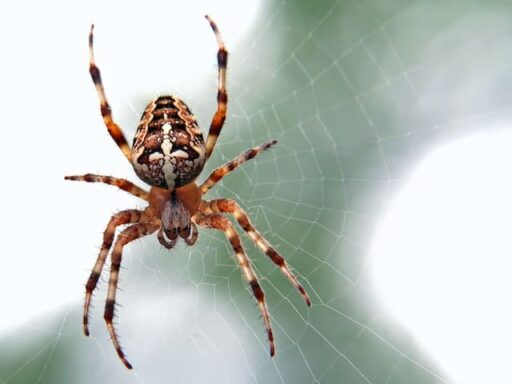
Spiders are some of the most envied creatures on the planet. Most humans will never have the chance to experience their unique abilities.
Unfortunately, so many spiders are in danger of extinction because of this. It is a tragic loss of biodiversity, and we hope to have learned new information from our list of the 23 most endangered spiders and spread awareness.
Thank you for reading this article! Despite their small size, spiders can still be extremely dangerous; head on over and read our article about the Top Ten Deadliest Spiders!
- Chicago Cat Jumps From 5th Floor of Burning Building and Survives - April 22, 2024
- The Cruelest Contest in the World: Rattlesnake Round-Ups - April 21, 2024
- Rare Footage: Wild Fox and Pet Cat Play-Date - April 21, 2024

